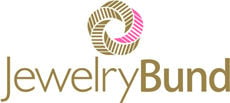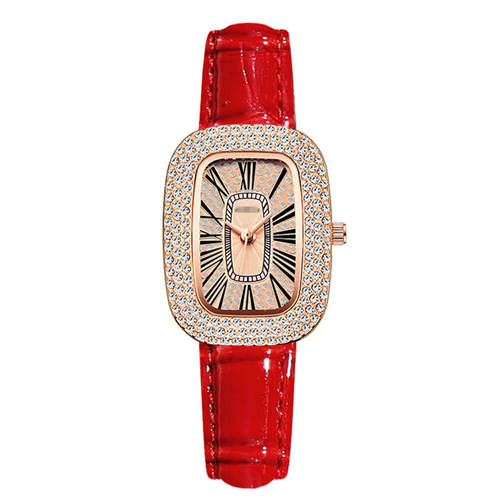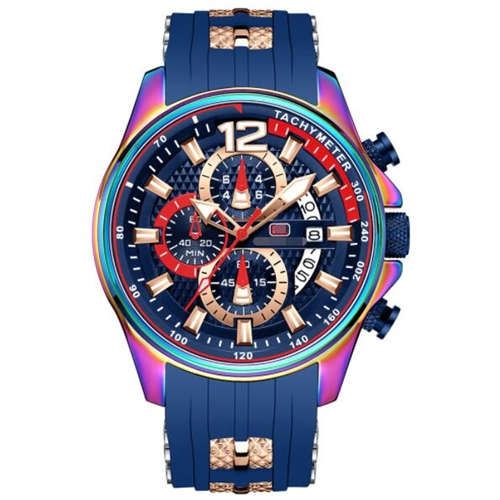I. Introduction
Choosing the perfect wholesale watch supplier is a high-stakes decision that lays the foundation for inventory expansion and revenue growth. But with countless wholesale vendors to evaluate, pinpointing an ideal partner poses challenges. Suppliers vary widely in watch selection, pricing, order minimums, delivery reliability, brand relationships, and overall capability to meet a retailer’s specific business needs. Rushing into a supplier partnership without thorough due diligence courts disappointment and missed opportunities.
Retailers must invest the time upfront to meticulously research potential watch suppliers. Prioritizing fact-finding across a wide range of criteria allows properly vetting vendors to uncover the ideal match. Comparison shopping suppliers helps determine which one best aligns with your retail strategy in terms of merchandising, customer experience, market positioning, and profit goals. The perfect supplier harmonizes with your existing operations. They offer the watch breadth, retail support, ordering flexibility, and value pricing needed to confidently grow your budding or established watch category. But comprehensively evaluating suppliers against your wish list requires focus and diligence.
This comprehensive guide examines the key elements retailers should consider when choosing a wholesale watch partner to establish a productive, mutually beneficial relationship. We will explore the characteristics of reputable, reliable suppliers, discuss how to evaluate product offerings, and outline important questions to ask regarding ordering processes, shipping, returns, and more. Taking the time to thoroughly understand a supplier’s capabilities, strengths, and business practices is crucial to making an informed decision. The ideal wholesale watch supplier will become an invaluable asset in running a profitable retail business.
II. Assessing Reputation and Establishing Reliability
Before committing to work with any wholesale watch supplier, retailers should dedicate extensive research into assessing the provider’s reputation and reliability. A supplier’s standing and track record offer pivotal insights into their trustworthiness as a business partner.
Conducting Due Diligence on Reputation
Cast a wide net when researching a potential supplier’s reputation. Useful steps include:
- Search for the company history – when were they established? How long in the watch industry?
- Look online for reviews from current and past retailer clients. Trustpilot or Google Reviews can provide insight.
- Check industry forums and communities like WatchPro to gain additional third-party perspectives.
- Inquire if they have existing retail client references you can contact for candid feedback.
- Review their website content, social media, and branding. Do they appear professional and consistent?
- Search their name for any warnings or complaints against the business. Are there potential red flags?
- Confirm required licenses/permits and compliance with jewelry industry standards and regulations.
Evaluating and Establishing Reliability
Beyond surface-level reputation, retailers need assurance regarding consistent reliability:
- Review on-time delivery rates and accuracy of past orders.
- Assessproduct quality – are watches as advertised? Any consistency issues?
- Request they share examples of how they resolved previous retailer complaints or problems.
- Ask how they manage inventory accuracy and availability transparency.
- Discuss contingency plans for unexpected supplier disruptions outside their control.
- Inquire about employee turnover. Longstanding staff implies stability.
Essentially, aim to predict how reliably they will perform when faced with real-world scenarios.
III. Range and Depth of Watch Selection
For most retailers, the product selection a wholesale supplier offers will heavily influence the decision to move forward with a partnership. Assessing the breadth, depth, and variety of their watch catalog is crucial.
Variety of Watch Types and Styles
First, examine the diversity of watch designs and varieties:
- Do they carry classics like simple leather strap models for daily wear?
- Is there depth in luxury Swiss timepieces with intricate complications?
- How are trendy fashion watches represented across masculine and feminine aesthetics?
- For outdoor adventures, are durable sports and utility watches available?
- Does the assortment include smartwatches and fitness trackers?
- Are watches tailored specifically to youth interests and durability?
- How broad is the size range offered within each watch type?
Ideally, product diversity should span usage occasions, consumer demographics, style preferences, and pricing tiers.
Represented Brands and Price Spectrum
Additionally, assess brand assortment and price point coverage:
- Do they represent well-known mainstream brands like Seiko, Citizen, Fossil, etc?
- Is difficult-to-access luxury inventory present like Rolex, Omega, TAG Heuer?
- Are fashion forward independent brands available for differentiation?
- How are private/exclusive label watches positioned for profitability?
- Does the collection stretch from under $50 fashion quartz pieces to multi-thousand dollar investments?
- Can retailers efficiently source across the pricing spectrum for customer access?
Breadth across recognized labels and strategic price points prevents gaps in merchandising potential.
IV. Order Minimums, Inventory Depth, and Fulfillment
Before committing to a watch supplier, essential logistical factors around ordering, inventory availability, and fulfillment processes must be vetted.
Minimum Order Quantities and Inventory Depth
Understand the order requirements and inventory dynamics:
- What are the minimum first order and reorder quantities per style? Avoid overcommitting.
- Does the supplier maintain sufficient on-hand or just-in-time inventory to fulfill orders quickly?
- How often are new styles introduced? Can you easily order latest models?
- Does inventory appear deep enough across popular sellers to prevent stockouts?
- Are pre-orders available on soon-to-release models to access quickly?
- How long do watch styles tend to remain available before discontinued?
Sufficient starting minimums and inventory depth prevent merchandising roadblocks.
Ordering Processes and Fulfillment Capabilities
Evaluate how the supplier facilitates and executes the ordering lifecycle:
- How are orders placed – website, online portal, phone, etc? Is self-service available 24/7?
- What order cut-off times dictate same-day, next-day or longer processing?
- What shipping methods, costs, and transit times can be expected? How is tracking provided?
- Can orders ship fully or partially as inventory permits?
- Does the supplier offer drop shipping to simplify distribution?
- How are shipping errors and damages handled? Is insurance available?
Understanding fulfillment capabilities helps streamline operational workflow.
V. Evaluating Pricing Factors and Profit Potential
For any retailer, the profit margin potential after reselling purchased inventory ultimately determines the viability of a wholesale partnership. Comparing pricing models and performing profit calculations is advised.
Wholesale Price Points and Discounts
When evaluating watch supplier pricing, focus on:
- Wholesale rates offered on popular market brands – what is competitive baseline pricing?
- Pricing on exclusives and private label watches – where is profit margin?
- Volume discount tiers based on order quantities and dollars spent
- Cooperative advertising discounts and incentives
- Payment terms – can costs be staggered over time?
- Fees for membership, trade show access, marketing assets?
- Any pricing advantages to channel partners vs. independent retailers?
Understanding where pricing flexibility exists allows negotiations. Do not assume fixed pricing.
Modeling Profit Potential on Resale
Using the supplier’s pricing, model out profit margin potential:
- Use your expected retail pricing across watch types to calculate profit upside.
- Factor in average margins by watch category – higher on fashion, lower on luxury brands.
- Estimate anticipated turn rate by style to gauge total profit over time.
- Consider markdown needs on slow sellers when calculating end profitability.
- Review profit on exclusive brand watches after retail markups.
Projecting hypothetical sell-through data illustrates real profitability and ROI.
VI. Supplier Support Structure for Retailers
The resources and support capabilities a supplier offers can significantly impact a retailer’s ability to efficiently sell the watches purchased. Assess what added value services are available.
Marketing and Merchandising Tools
Consider what visual merchandising assets they provide:
- High resolution watch photography for print promotions and ecommerce.
- Brand logos, ads, banners, and signage to reinforce branding in-store.
- Watch description copy and specs for web content building.
- Best practices for displaying watches and accessorizing mannequins.
These resources help retailers mirror brand standards.
Customer Service and Ongoing Support
Understand the channels for customer support:
- Is responsive phone, email, chat, or FAQ support available?
- How knowledgeable are representatives about watch features and selling best practices?
- Are virtual or in-person training seminars offered?
- Will they assist with product questions from your customers after purchase?
Ongoing support ensures success and positive experiences.
VII. Generous Yet Controlled Return and Exchange Policies
Understanding a supplier’s return, exchange, repair, and warranty policies helps avoid profit-damaging scenarios. Be clear on allowances and limitations.
Return Timeframes, Fees, and Requirements
- Within what time period are returns allowed? 30/60/90 days?
- Does the supplier charge return shipping or restocking fees?
- Are returns allowed for any reason or only for defective products?
- Must items be in original condition with tags and packaging?
- Are returns offered for store credit, exchange, or refund?
- How are return requests submitted and approved?
Clarity on return policies prevents misunderstandings.



